Heading East, The Valley of the Fallen
Zagan the motorhome’s edged into one corner of a rain-rutted sandy car park, between a sweet-smelling pine forest and the cool waters of the Embalse de la Jarosa lake (N40.67011, W4.12707). We’re just inside the Community of Madrid here, with the city itself about 30 miles or so to the south-east, having crossed Castille and Leon in a single long drive east from Caceres. If we climb out of the van and walk to the water’s edge, the monumental cross of the Valle de los Caídos rises up over the forest, striking up towards the sky, seeming to try to claim it.
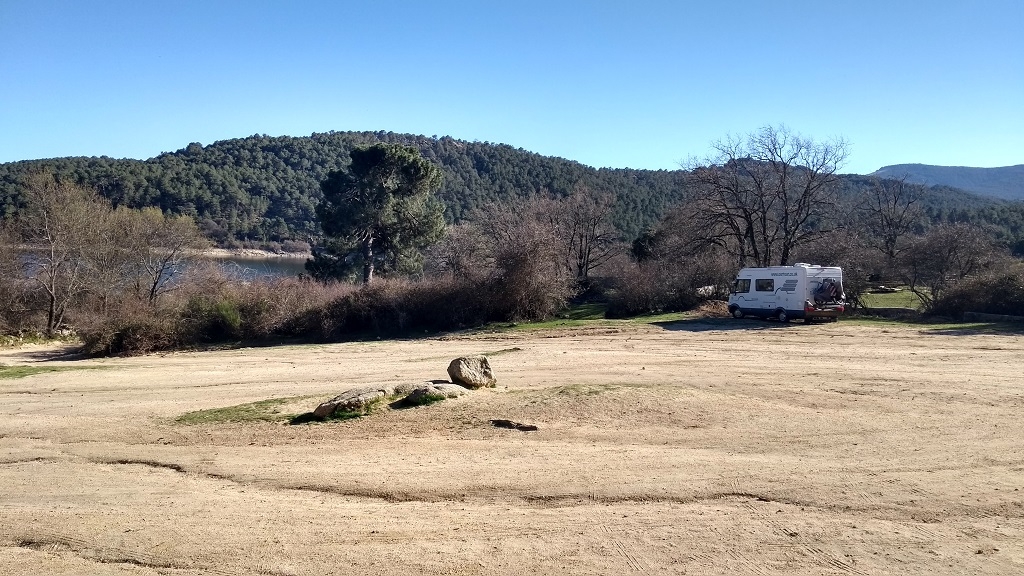
As the days tick by to our pre-booked Chunnel home on 28 March, we’re edging ourselves back towards France. The perfect weather in Andalusia and Extremadura held onto us like a warm velvet glove, but we’re now reluctantly putting in the miles needed to shift us across the continent ready for our transit under the sea. From here we’ve 1200 miles to go, assuming we take a direct route. That’s only about 100 miles a day, so we can still do some two-day stopovers as we go.

In hammering our way across Spain we are, of course, missing huge chunks of the country. One day we might get the chance to come back; we’ve passed some interesting-looking towns. On a mixture of free motorways, and 50 and 60mph A roads we made pretty good progress under blue skies and the shadows of vultures. The landscape varied from open fields to wooded hillsides, set apart from time to time by high granite-grey sierras, some still clinging tight to a blanket of snow. Cattle grazed alongside the road, reminding us we’ve seen not a single pig, a similar (missing) sight in a pork-mad country to Denmark. The drive was pretty easy but for a final fling up over a mountain pass, with lorries unnerving me, three abreast as we twisted our way over the hillside, urged by huge signs to use engine braking on the long descent.
Before heading here we drove up to the Valley of the Fallen, being caught out when the stone entrance gate reared up with 3 miles still left to go on the satnav. The rather tiny size of the entrance had Ju hopping out, paying and gaining permission for us to use the coach entrance, which didn’t look that much bigger to me, but we easily fitted. From the gate a road winds upwards through the valley, lined by dense pine forests, passing a set of tall pillars at one point before edging even further into the forest. Signs for the parking area weren’t obvious and we bounced around a little in the network of unexpected roads before finding the car park beneath the site’s giant stone cross.
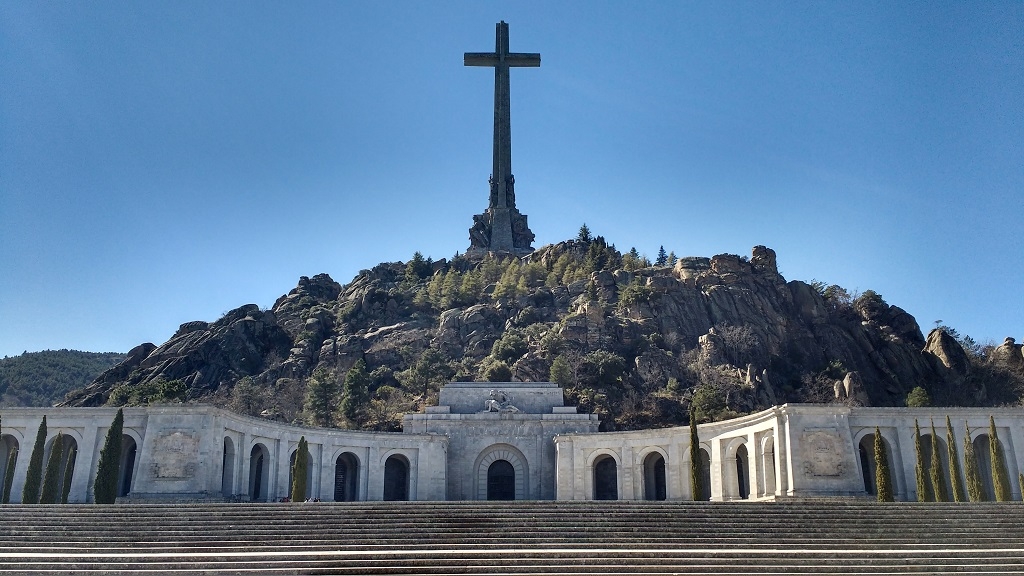
At this point I’ll make a quick declaration: I don’t claim to understand enough about Spanish history to make any judgement about this place. The Valley of the Fallen is a controversial place, built by Spain’s fascist dictator General Francisco Franco starting in 1940, after the end of the country’s brutal civil war and taking 18 years to complete. The timescale is, however, entirely understandable, when you’re stood in it like an ant. The dictator is buried inside the site’s jaw-dropping catholic basilica, the only person not to have died during the war. He’s buried there for now, I should say, as the current Spanish government is working on exhuming his body and shifting it elsewhere, to the Franco family’s dismay. There are tens of thousands of Spaniards buried at the site too, from both sides of the war, although you wouldn’t know it from wandering around. The only marked graves are for Franco and José Antonio Primo de Rivera, the founder of Spain’s pre-war fascist Falange political party. Both of their graves are inside the basilica, and have flowers laid on them. We have no idea where the other graves are.
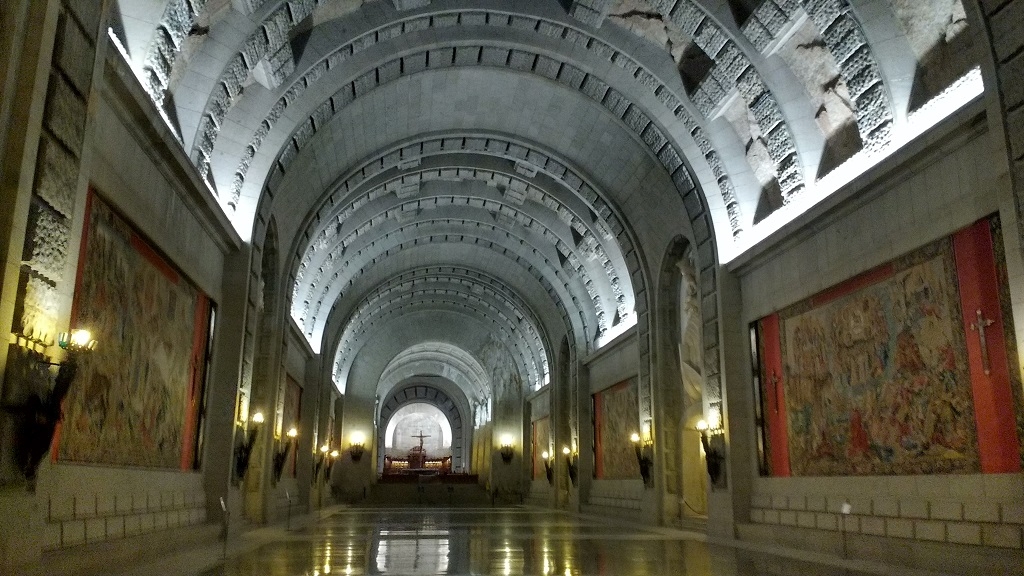
Why come to a place like this? Good question. It was me who wanted to come, not Ju. I’ve found myself drawn to places which are in, at least in my eyes, similar to this as we’ve travelled across Europe. I’m not a supporter of any political party or ideology, and my intention in visiting these places is only to try and gain more of an understanding of the human race, to learn something about the present from history. I often leave more confused than when I arrive (who can understand Auschwitz?), and that was certainly the case with the Valley of the Fallen.
The basilica is built into a wall of rock, with the cross set atop it. Around the front a sweeping wall of austere stone arches lead you inwards towards the huge doors at the entrance. To me, the place looked like a little Hitler’s unfinished monument at Nuremberg, not surprising since they were both inspired by fascism. There is no information anywhere that we could see on the history of the site, which I guess is a reflection of the difficulty in describing it without accidentally or deliberately taking a pro or anti-Franco perspective. Inside the main door you’re guided through airport style security (the place has been bombed in the past) and you’re then faced with a giant cavern of a church, something just enormous. Plenty of signs indicate you really shouldn’t take any photos in there, despite the massive urge to try and capture it all… I took the one above while feeling brave… a teenager was later screamed at by a security guard for taking a photo nearer the two tombs.
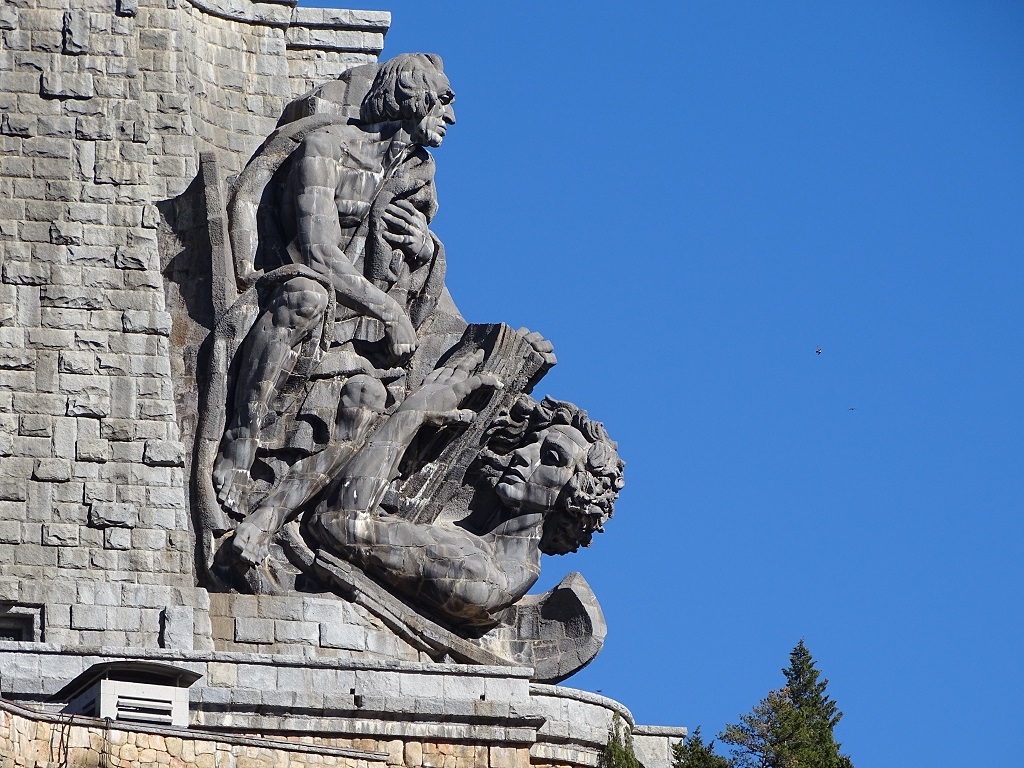
I’ve read Hemingway’s For Whom the Bell Tolls (which happens to be set in the mountains in the area we’re currently parked up), and a while ago I had a crack at reading a history book explaining the reasons for the Spanish Civil War. Do I understand it still? Not really, no. The complexity of the politics, religious tension, economics, power struggles and a whole bunch of other causes are quite beyond me. The subsequent war was known for its utter brutality though, with atrocities carried out widely by both sides, leading to hundreds of mass graves spread across the country, many of which have since been moved to the Valley. The losing side didn’t fare well after the war either, as Franco took power and held onto it until his death in 1975. Since his death Spain’s faced the problem of how to deal with the war and resulting dictatorship, an unenviable task. Only in 2011 have the locations of the makeshift graves been made public.
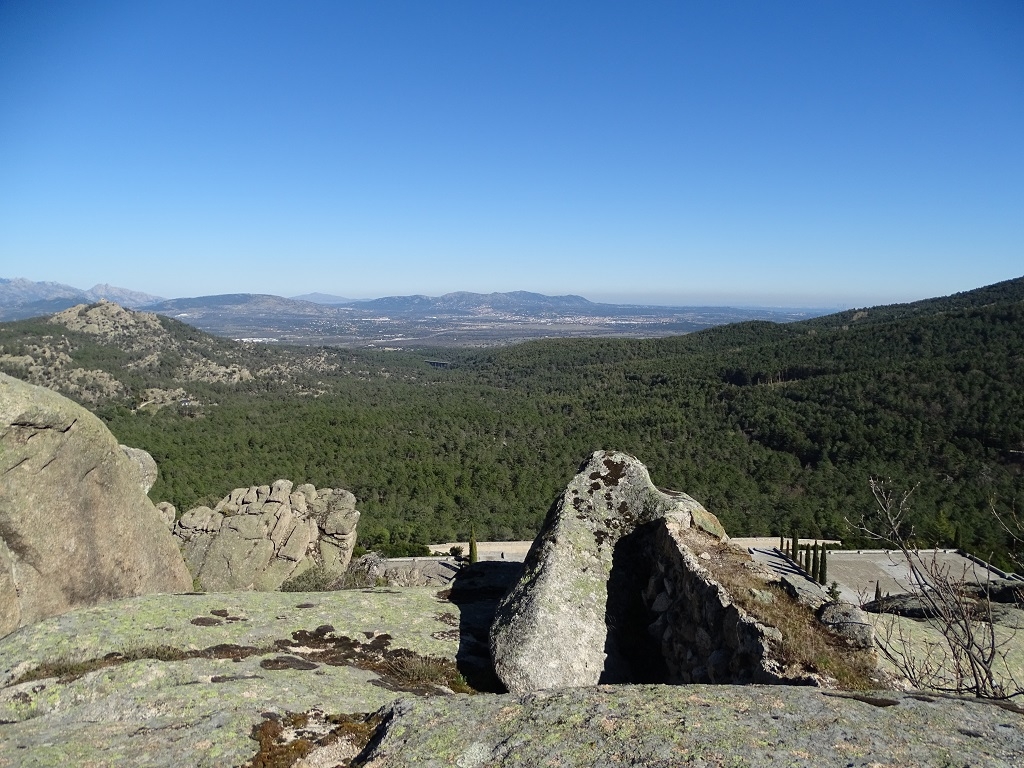
I still don’t claim to understand the Valley any more than I understand the reasons for the war. In that sense our visit was a failure. It’s a sight to behold, but it represents something in terms of brother-to-brother brutality, atonement, religion, ego and ongoing political struggle which is beyond my capacity to comprehend. I feel I’d need to read rather more books on Spanish history to get anywhere near the truth.
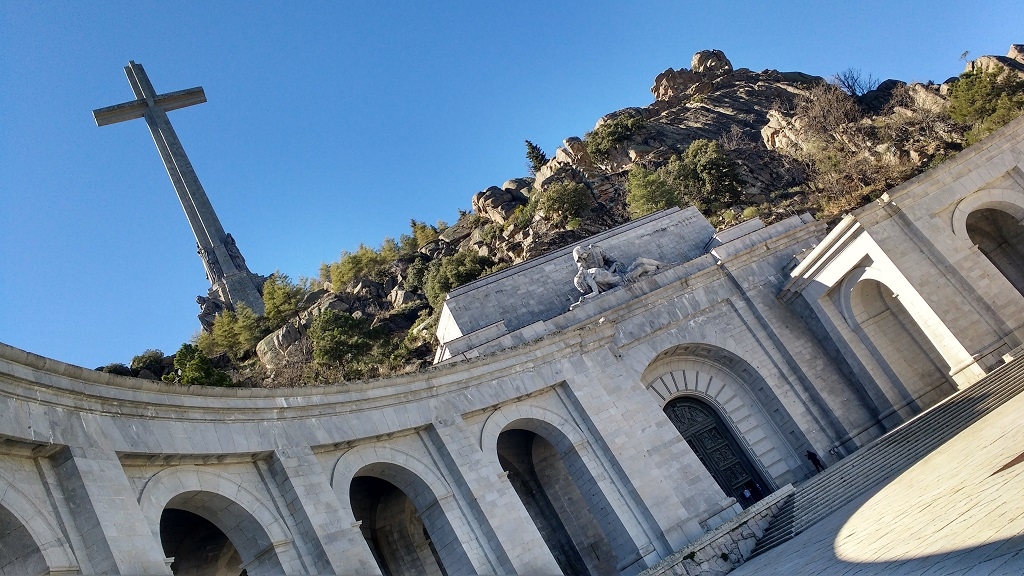
Jay

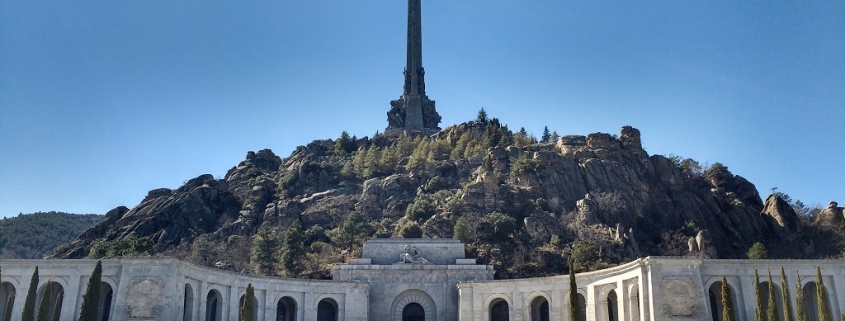
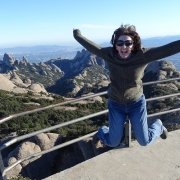
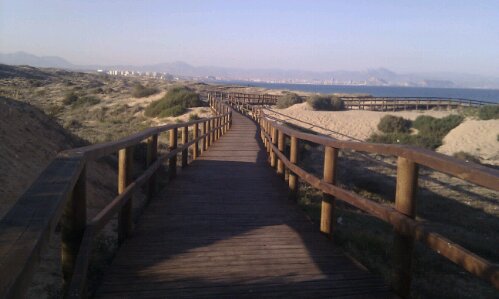
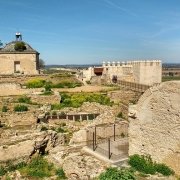
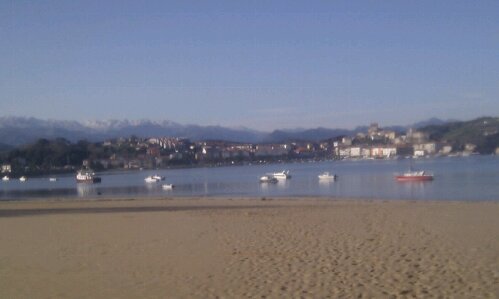

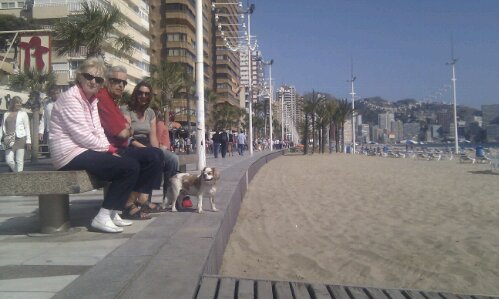
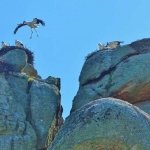
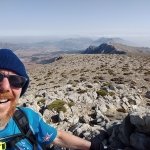
Hi Jay,
I know where you’re coming from re the Spanish Civil War. If you haven’t read it, I can thoroughly recommend Ghosts of Spain by Giles Tremlett. This focusses on how the war has shaped the Spain of today, but it does also give a good summary of the war.
Cheers
Mike
Another great read guys. Your capturing the feelings we had of Spain and flooding the memories right back. Enjoy your last few weeks.
X
Another nice trip, this year! Interesting read and great photos as always. And yes, I learnt sth new today: never heard of that valley/monument. Thanks and happy travelling, even if it’s going north.
Interesting your comment about pigs. We’ve been in Extremadura and Andalusia for 3 weeks and glimpsed them twice. We assume they must normally be let out only when the acorns are on the ground, and perhaps at other times they’re kept away from the pastures so they don’t spoil the grassland for the cattle.
(We did actually see a couple more pigs on one other occasion. They were in one of the enclosures at a fascinating place called Las Corralás at Torrequemada near Cáceres. The corralas are effectively traditional stone-built pig sties scattered over a hillside in a beautiful landscape. Well worth a visit.)
Another ham-related incident. In Mérida a couple of Sundays ago there were about 50 professional ham cutters (cortadores) lined up, carving away as quickly as possible, serving up beautifully arranged platefuls of ham to the waiting (and very appreciative) crowds. An extraordinary sight.
Apparently events like this occur from time to time around Spain